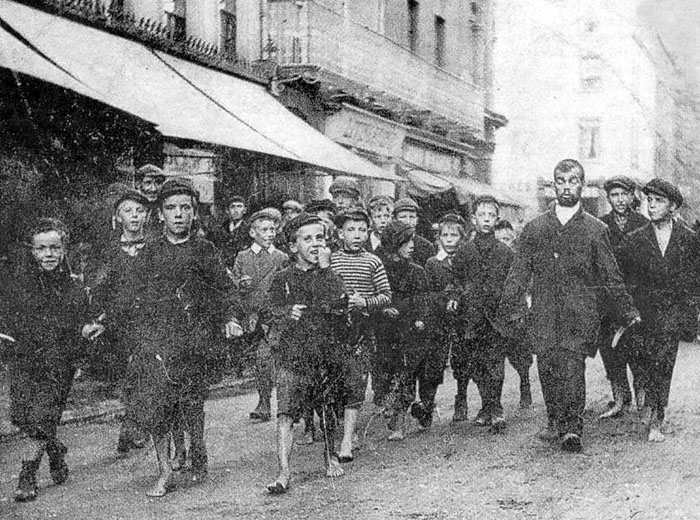Further to Malachy O’Grady’s remarks in Guestbook. Permit me to add these notes based on an address given a decade ago at a One Day Seminar held in The Abbey by Dromore Diocesan Historical Society.
The speaker in question was Patrick J Byrne of Warrenpoint to whom I (and I hope many others) am also grateful for his patronage of the Reference Library in Hill Street.
In the 1920s and 30s Market Street and North Street were still commercially viable. For the previous century the shopping focus had shifted towards Hill Street. The construction of a new bridge to link with Monaghan Street in 1834 largely contributed. As the Grays, McAnultys and Wards (house painters – you remember Minnie Wards, the most recently demolished) moved to Hill Street, many of North Street’s Georgian mansions fell in decay and a few became doss-houses. Some boarding houses were of better quality, among them one belonging to my great aunt.
Two of Newry’s main businesses were still located there, up to the mid-nineteenth century. One was Hawkins and Henderson, a large general store where Shilty Moore’s furniture shop was later sited. Hawkins later moved to Belfast to set up the Bank Buildings. His nephew Errol Pirie served his time there until he moved to Arnotts in Dublin. From there, in 1854, with two associates Carson and Scott, he emigrated to Chicago and set up a number of chain stores. Then wealthy, Pirie bought a 12000 acre ranch in Florida and a town house in Long Island.
The second merchant James McGeorge, born a Presbyterian in 1814 in Scotland, as a young man signed a petition advocating Catholic emancipation. He made a vital contribution to Newry’s commercial development throughout the nineteenth century. For example he promoted the Gas Company, the Newry-Warrenpoint Railway, improved the town’s sanitary arrangements, fostered educational provisions and the supply of reading material to the public at large, including a public library (as too did the man delivering this address a century later!). He agitated for and saw established elected Town Commissioners and became one himself.
McGeorge built a haberdashery and ladies wear market on the site of two old dilapidated buildings in North Street. In turn this became the property of Thomas Ledlie. McGeorge went into linen, building a scutch mill on a large residential farm he bought at Carnmeen, where he died in 1870.
In 1921 a family named Magee, driven from their Dromore home settled in Carnmeen. It was in McGeorge’s former farm that Bishop Magee (long time papal administrator to John Paul II) was born.
Thomas Fegan, spirit merchant of North Street donated the home off the Warrenpoint Road to the Mercy nuns. Legend has it that King William on his way to the Boyne was an overnight visitor. The Grants were another great North Street family. Hugh Grant emigrated to the USA and became Lord Mayor of New York in 1891-2.
